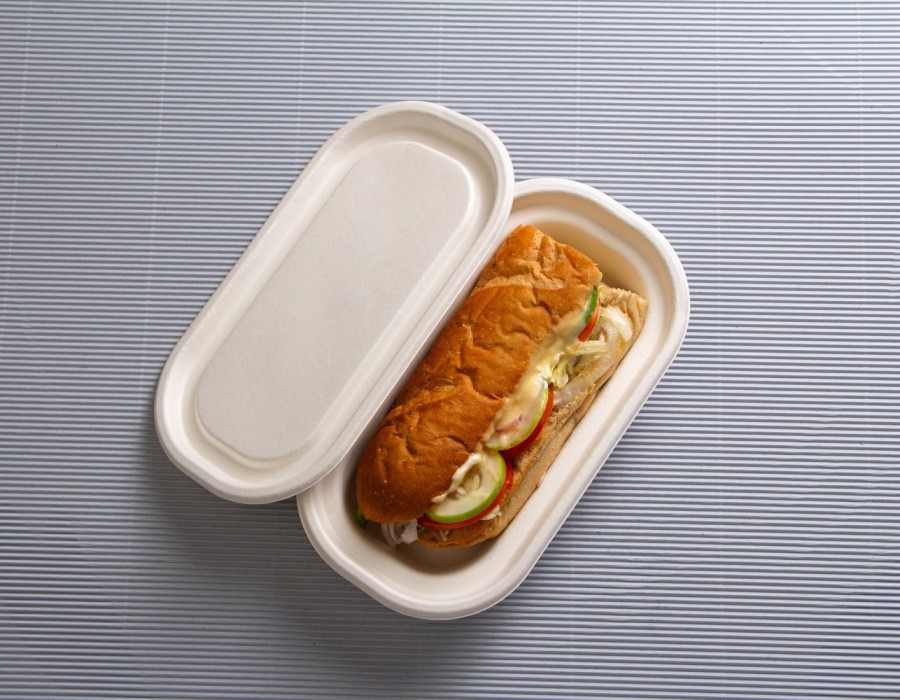Introduction
In the quest for sustainable packaging solutions, bagasse containers have emerged as a popular choice due to their eco-friendly properties. However, when it comes to food packaging, safety is paramount. This blog explores how bagasse containers ensure food safety from production to consumption, making them a reliable option for businesses and consumers alike.
Understanding Bagasse and Its Food Safety Implications
Bagasse is the fibrous residue left after sugarcane stalks are crushed to extract their juice. This natural byproduct is repurposed into biodegradable containers, including plates, bowls, and takeout boxes. One of the primary concerns when using plant-based materials like bagasse for food packaging is ensuring that the containers do not introduce harmful chemicals or contaminants into the food. Bagasse containers are typically produced through high-heat processes that eliminate pathogens, ensuring they are safe for food contact.
Manufacturing Standards and Quality Control
To ensure the safety of bagasse containers, manufacturers must adhere to strict quality control measures during production. These measures include sourcing clean and uncontaminated raw materials, maintaining hygienic production environments, and complying with food safety regulations such as the FDA’s guidelines for food-contact materials in the United States or the EU’s food safety standards. Additionally, many bagasse containers are subjected to rigorous testing for factors such as temperature resistance, moisture retention, and the potential for leaching, ensuring they are safe for both hot and cold foods.
The Role of Certifications in Food Safety
Certifications play a crucial role in assuring consumers and businesses that bagasse containers meet stringent food safety standards. Certifications such as the FDA approval, European Union’s Regulation (EC) No 1935/2004, and the BPI (Biodegradable Products Institute) certification are indicators that a product has undergone thorough testing and meets high safety standards. These certifications not only cover the material's safety for direct food contact but also confirm that the containers are free from harmful substances like BPA, heavy metals, and phthalates.
Maintaining Food Quality During Use
Beyond production, bagasse containers must maintain food safety and quality throughout their lifecycle. These containers are designed to withstand a range of temperatures, making them suitable for both hot and cold food items. Their sturdy construction prevents leaks and spills, which is essential for preventing cross-contamination during transportation. Moreover, bagasse containers are breathable, reducing condensation and helping to maintain the freshness and texture of food during storage and delivery.
Consumer Confidence in Bagasse Containers
As awareness of environmental sustainability grows, consumers are increasingly seeking out eco-friendly packaging options. However, they also expect these alternatives to meet the same safety and quality standards as traditional packaging. Bagasse containers meet this demand by providing a sustainable option that does not compromise on food safety. With proper use and disposal, these containers offer a safe, effective, and environmentally responsible packaging solution that aligns with consumer expectations.
Conclusion: A Safe Choice for Sustainable Packaging
Bagasse containers offer a viable and safe alternative to conventional plastic packaging, combining sustainability with food safety. From the rigorous manufacturing processes to the adherence to international safety standards and certifications, these containers ensure that food remains safe from production to consumption. As businesses continue to seek out sustainable packaging solutions, bagasse containers stand out as a reliable option that meets the dual demands of safety and environmental responsibility.





Comments